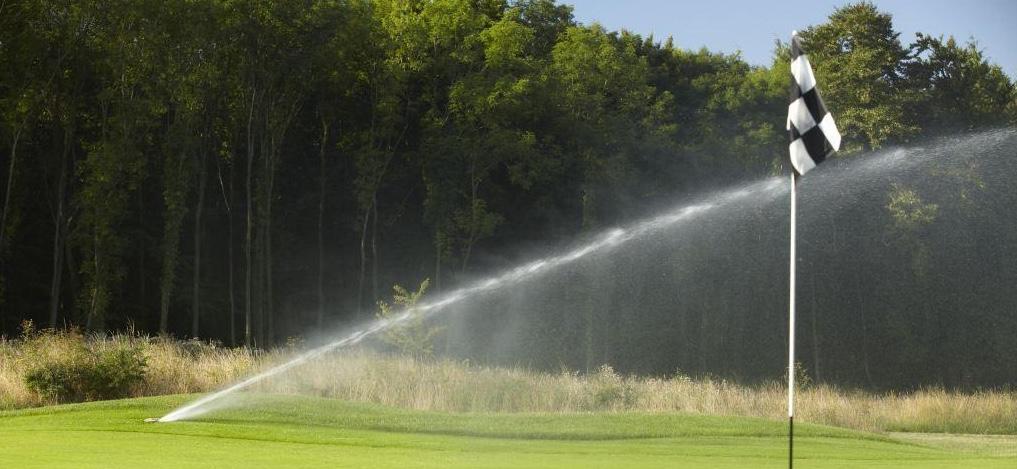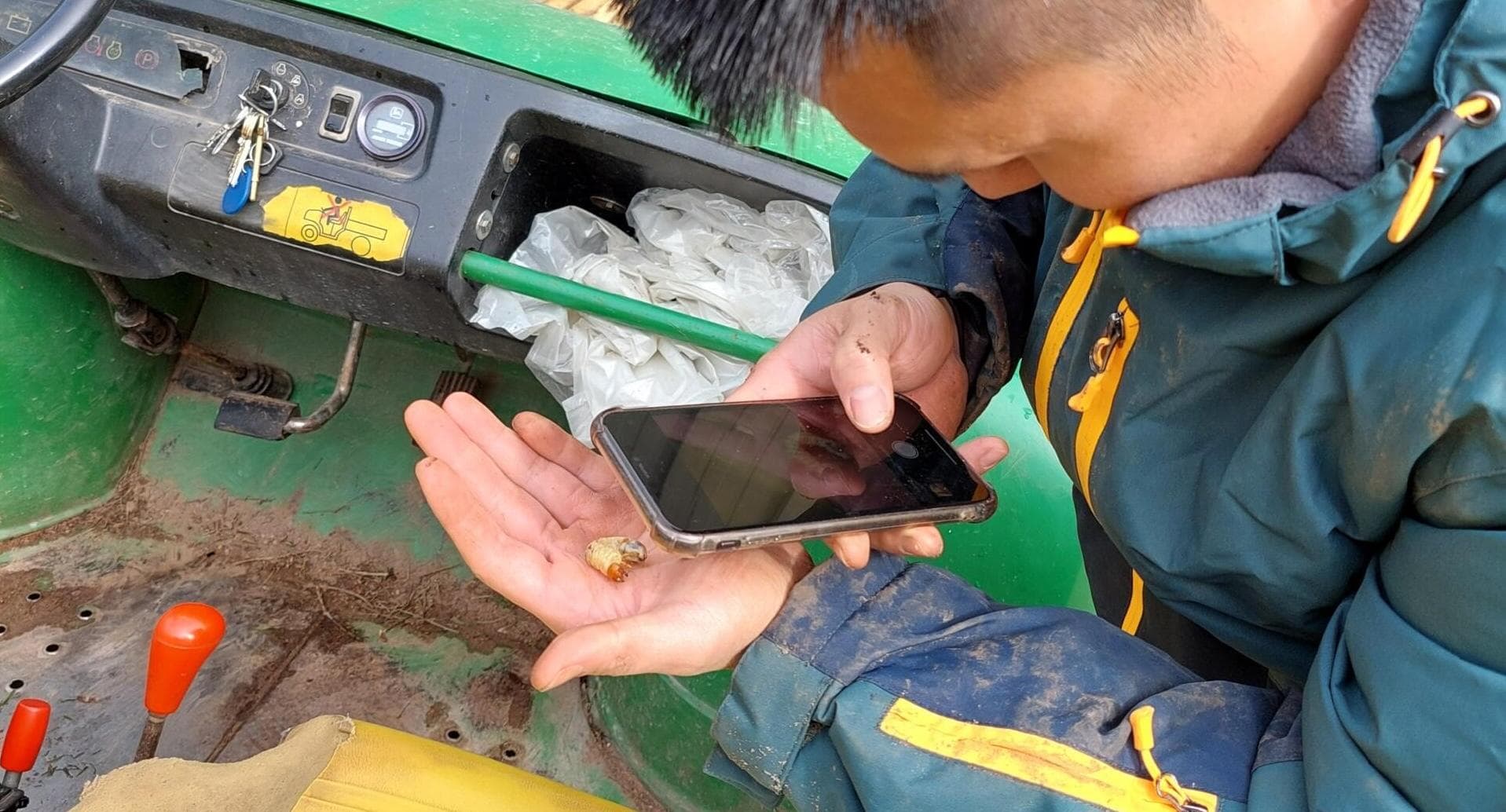Obviously a huge area of potential concern, with many possible solutions and no magic bullets.
For me the future of water management will need to be a combination of many diverse solutions.
Using less water has many implications for turf managers:
Positives:
+ Sustainability – Reducing water use is a positive for sustainability – it’s not just carbon we’ll be under pressure to reduce reliance on in the future.
+ Future proofing – with climate change leading to increasing temperatures we’ll need to be water efficient in the future.
+ Cost reduction – If your using municipal (tap) water you’ll be paying less if you use less.

Potential draw backs:
– If we don’t get it right turf quality can be affected by insufficient water.
– “Total irrigated area” may need to be reduced.
I’ve held off until now linking to last months Greenkeeper International article, as its been so wet that I thought it would cause more offence than it offers insight, but it covers some important points on water management as we should (fingers crossed) be moving into the dryer season, read the full article here.
Water management
What can you do to make sure you have enough water to achieve the turf quality goals on your site?
Long term:
- Consider water conservation projects – if you have a way to hold additional water on site you can control how its used – think reservoirs, lakes and subterranean tanks. Long term and come with a significant bill but work out what your course will be spending on tap water in 10 years and the numbers may not look so bad…
- Upgraded irrigation systems – again costly projects but water from leaking pipes or that isn’t distributed effectively means it takes more water to achieve what you need.
- Species/cultivar transition – as difficult and time consuming as it may be, switching grass type could reduce the overall water consumption of the course. Better rooting or drought resistant variants could extend periods between irrigation, or allow surfaces to be maintained at lower moisture levels.
Short term:
- Quality wetting agents – like Qualibra from Syngenta mean the water you apply works hard for you and remains bio-available for longer.
- Measure measure measure, taking soil moisture readings, and logging them informs you both – at what level of moisture your surfaces perform, and how much water you need to add to get back to that number.
- Turf health – turf with access to adequate moisture, light and nutrition performs better when stress comes in the game, it has more resilience. Primo Maxx II can be a powerful tool to yes increase surface quality, but also enhance turf health.
- Hand watering – labor intensive but gives the team control over how much water goes down.
- Evapotranspiration – the area I’ll focus on below.

How much water required to maintain your soil moisture level?
Replace between 50% and 70% of ET lost with irrigation / rainfall.
SO as a worked example:
If you were in an extended dry spell and needing to irrigate to replace lost moisture.
Today you lost 8mm of water from surfaces
Depending on your surfaces you should replace 50-70% of that 8mm.
So 50% = 4mm irrigation needed today
or
70% = 5.6mm irrigation needed today
Factor in any rainfall, if you had 2mm you don’t need to add that, so only 2mm needed to replace 50% of lost ET.
Those are the raw numbers and finding your number is the important bit, depending on if you are using wetting agents, profile construction and how it holds water will all affect how much water loss you will need to replace.
Ideally start high and work your way down to a level that means you still prioritise turf health, and so surface quality, but you are saving water over your standard irrigation regime.
Turf Advisor – ET (Evapotranspiration)
ET = The evaporation of water from surfaces + transpiration by plants of soil water over time.
So the amount of water that’s being lost from the surfaces, this will be increased the warmer it gets and the more wind you get + water lost from the plant undergoing natural processes. Water is needed for photosynthesis, and to move nutrients from the roots to the growing areas, some of this water is lost in the process via the tiny holes in leaf tissue for air exchange (stomata).
Big uplift in recent days in people using Turf Advisor’s Evapotranspiration module, probably as we had a rain free day recently…
For those how haven’t added it already its a great easy to use tool to help you manage water loss.
You can see below (Left) the ET at your chosen site last week, (middle left) todays ET, (middle right) next weeks ET.
You can click on the setting wheel (I’m calling it the wheel of fortune) and set (right) limits/thresholds for your daily ET.
Once set, values above the “Medium risk” will show in orange in the home screen of your app.
Values above the “High risk” show red, so its easy to pick out if you are seeing higher levels of ET and so need to take further action.

You can set thresholds/limits in most of the Turf Advisor modules to allow you to keep track of the agronomics.
Lots of value to be added to your water management by engaging with ET and Turf Advisor is a great platform to dig into it.
If you prefer consuming information via video, or just prefer Glenn, below is a video of his take on the ET module in Turf Advisor…




